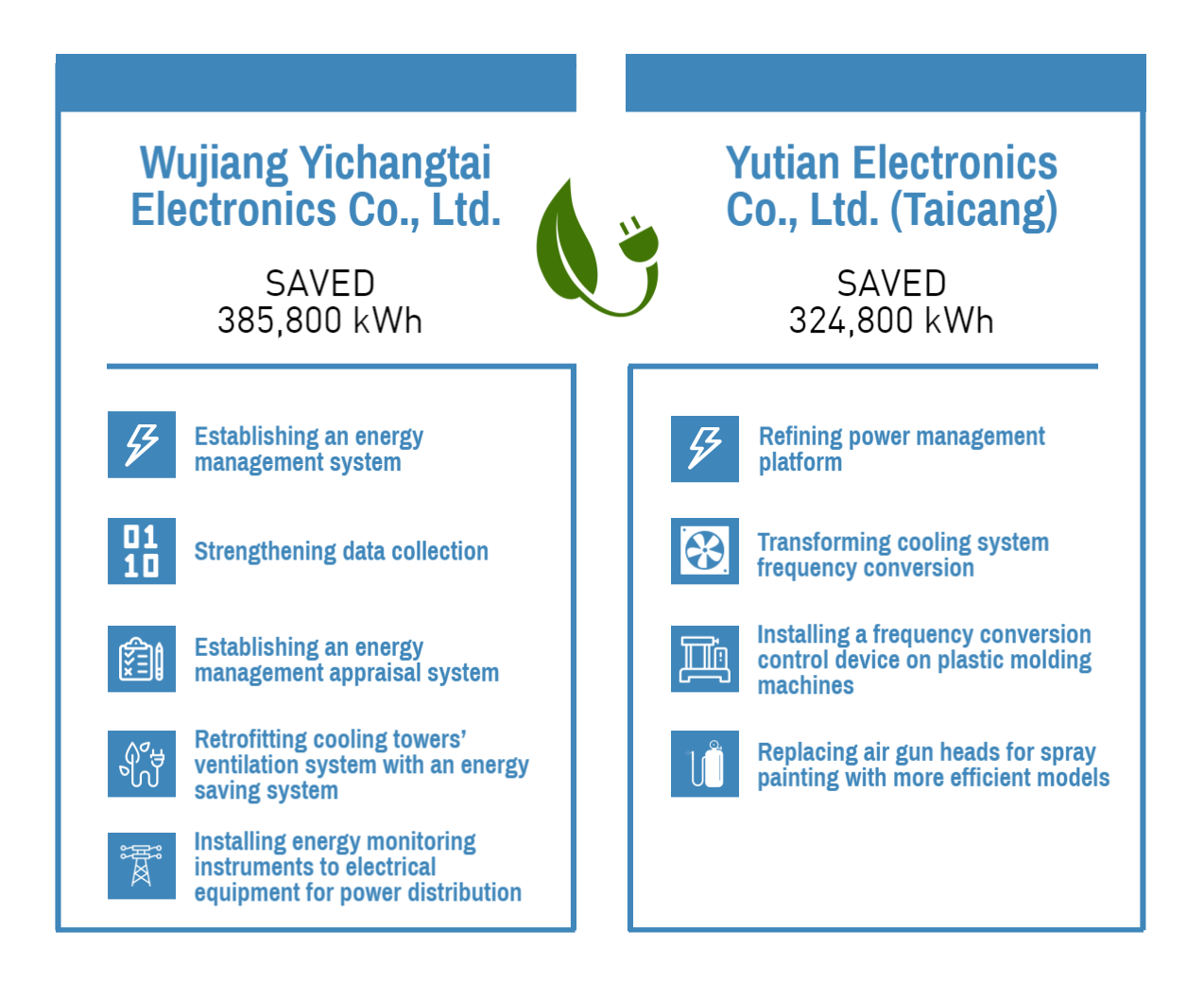Dell, the Natural
Resources Defense Council (NDRC) and the
Suzhou Institute of Energy Management jointly launched the Energy Management Capacity Building Project at the
beginning of 2016, targeting medium- and small-scale suppliers with relatively
weak energy management capabilities. The project divides energy management
capacity building into the following stages:
The first stage focuses on training in basic knowledge for energy
management and an analysis of gaps. It includes training the organization's
energy managers to understand the basic concepts and basic knowledge of energy
management; arranges an energy management, use and consumption on-site
diagnosis and gap analysis by energy experts; proposes energy management
improvement and energy-saving measures; and issues an energy audit report.
In the second stage, suppliers establish
an energy management system. This phase mainly includes a handbook guidance on energy
management systems; formulation, training and implementation of a management
system and implementation guidelines, guiding the formulation and
implementation of energy efficiency improvement measures, and training internal
auditors' capacity.
The third phase involves monitoring and
maintaining the effective implementation of the energy management system. This
phase is currently in progress.
Two of Dell's participating
suppliers are seeing significant results from the initial implementation of the
energy management systems and energy-saving measures they adopted:

Yutian Electronics Co., Ltd.
(Taicang) transformed its cooling system frequency conversion, refined its power
management platform, installed a frequency conversion control device on its plastic
molding machines, replaced air gun heads for spray painting with more efficient
models, and adopted other energy-saving measures that may together save as much
as 324,800 kWh of electricity consumption.
Wujiang Yi Changtai Electronics Co.,
Ltd. also established an energy management system and energy management
appraisal system, strengthened data collection, adopted energy-saving measures
such as installing energy monitoring instruments to electrical equipment for
power distribution, and retrofitted cooling towers' ventilation system with an
energy-saving system. These improvements may together save as much as 385,800
kWh of electricity consumption.
Dell also requires suppliers to disclose energy consumption and greenhouse gas emissions data via CDP (click to view). By September 2017, Dell plans to motivate 95 suppliers in China to publish such information.
(The above content was provided to IPE by the brand, who is responsible for the accuracy of the data.)